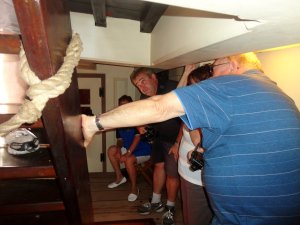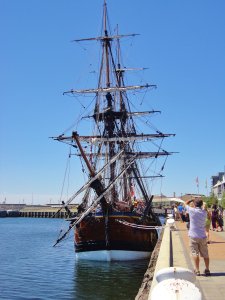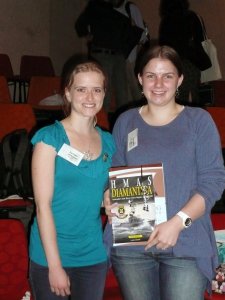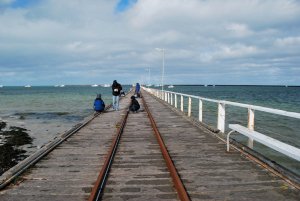By Cassandra Morris
Yelta was built in 1949 by Cockatoo Docks and Engineering Co., Sydney for Ritch and Smith, Port Adelaide. Yelta spent its active life guiding vessels in and out of Port Adelaide, making local headlines on more than one occasion. Originally coal fired, the tug was converted to oil in 1957. After a busy life on the Port River, the tug was retired in 1976, purchased by the Port Adelaide branch of the National Trust of South Australia. Left moored outside the CSR Refinery at the ‘Sugar Wharf’, the vessel was left unattended with little maintenance performed for nearly a decade. Put up for sale again, the South Australian Maritime Museum made a bid for the historic vessel and, in 1985, added the tug to their collection as a floating museum. Volunteers were asked for to help restore Yelta to its former glory. After extensive restoration and refitting, including preparing the vessel to modern safety standards for staff and passengers, Yelta was relaunched. Currently Yelta sails the Port River several times a year, allowing passengers to experience a piece of Port Adelaide’s history, the Port River itself, and life onboard the vessel.
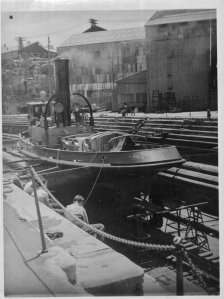
Yelta, thought to be in Cockatoo Docks while being constructed. (Pre 1964)
After 27 years in the SA Maritime Museum’s collection, Yelta still holds many secrets. In an attempt to broaden current knowledge of the vessel, research was recently undertaken to investigate questions often asked and facts confused by newspaper articles and photographs. Aspects of concern were the colour scheme, historical presentation of the vessel, and general life of the tug and its crew. To uncover the truth of these concerns, slipping reports, requisition reports, monthly maintenance reports, museum documentation and log books were consulted, in addition to newspaper articles and photographs. Two interviews held with former crew members were also undertaken, providing a personalised view of the tug and its working life.
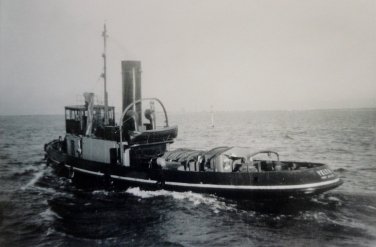
Yelta steaming, before deck changes (Pre 1964)
Through this research, a timeline was successfully compiled. From 1948 to 1953 Yelta featured in newspapers across Australia, linked with the movement of many vessels in and around Port Adelaide. Slipping and requisition reports follow, from 1956, providing details on maintenance and changes made to the vessel. These reports also allowed for the correct colour scheme to be implemented with confidence; red below the waterline, black hull above the waterline, green or red decks, and white deck structures. Two major changes to deck construction occurred in the mid-to-late 1960s. Yelta’s wheelhouse was overhauled in 1964, downsizing the cabin and adding starboard and portside entrances. Furthermore, in 1967, the Crew’s Accommodation entrance was changed from a hatch to a deckhouse. These two major changes assisted in the approximate dating of photographs held by the museum. Information about Yelta’s movements are commonly known from 1976 onward. Retiring from service in 1976, the vessel was purchased by the National Trust of South Australia and later the South Australian Maritime Museum in 1985.
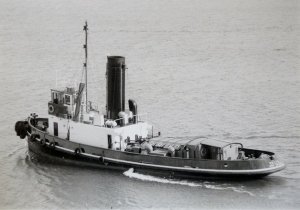
Yelta after deck changes. Note changes to the wheelhouse and the addition of a deck house aft. (Post 1967)
This is the results of my internship with the South Australian Maritime Museum. When first entering the position, I was assigned to work on the HMAS Protector research focusing on creating a Flickr group and contacting the public to gather further information. However, this was where my first lesson was learnt: you do what your boss thinks is important. So I was moved to work on confirming information on Yelta; discovering whether the colours it was currently painted were the correct ones, what the general history of the vessel was and conducting interviews with members of its previous crew. While I was not immediately excited about the task at hand, I launched myself head first into all the records kept by SAMM—and Yelta grew on me. Discovering that all the images of Yelta were undated (I later discovered a handful that had dates associated with them) led me to look for something that had changed at some point and that could be seen in the images. This led to many hours of reading and making notes on the tug’s slipping reports. From these reports I was also able to trace the changes in paint colour across the entire vessel for almost its entire working life. However, answering all the questions left me with one last task: interviewing some of the previous crew.

Yelta outside the CSR Refinery. The tug can be seen here painted many colours, occurring after its retirement. (Post 1977)
Conducting interviews was not something I had any experience in beforehand, and with only a vague idea of what I wanted to achieve I set off with a camera in hand. Two previous crew members were available to be interviewed at the time. Both of these I conducted slightly differently. With a short list of prepared questions, I took both interviewees, on different days, for a tour of Yelta to refresh their memories. The first interviewee I filmed on the vessel, allowing for their memories to be caught with the corresponding background. While this produced a wonderful choice of memories for use in a 5 min clip (the desired end result) the film was fraught with bad lighting and minor sound problems. Conversely, for the second interview, after the tour of Yelta I filmed the clips within the SAMM offices. While this fixed the sound and light issues, there was less material to record without the visual stimuli. Between the two interviewees there was also a difference in personality and their comfort levels while being filmed. This would have been the biggest learning experience I undertook while with the museum, and has made me a fraction more comfortable with directing and filming questions, asking someone “can you repeat that?” endlessly, and realising that not everything planned is going to work.
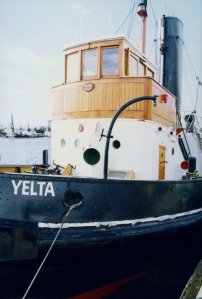
Yelta as it can be seen today.
My time with SAMM showed me a different side to museums. While I began with an interest in collections management and producing exhibitions, I was given the opportunity to work on the research aspect of these interests. My research may in future lead to a small exhibition on board Yelta, focusing on it history within Port Adelaide and has already led to the development of a poster for the upcoming ASHA/AIMA Conference in September/October of this year. In future I hope I can work further with SAMM and with other museums and collections in Australia.
Photos are courtesy of the SA Maritime Museum.

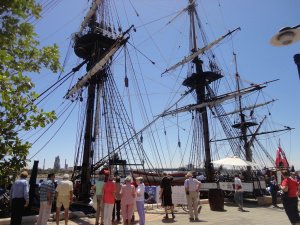 Although HMB Endeavour arrived 90 minutes late into Port Adelaide due to the rail bridge malfunctioning, the vessel has made its mark on the Port. Monday 20th saw a small group of Flinders students join the hundreds boarding the ship, and many more passers-by simply coming to have a look.
Although HMB Endeavour arrived 90 minutes late into Port Adelaide due to the rail bridge malfunctioning, the vessel has made its mark on the Port. Monday 20th saw a small group of Flinders students join the hundreds boarding the ship, and many more passers-by simply coming to have a look.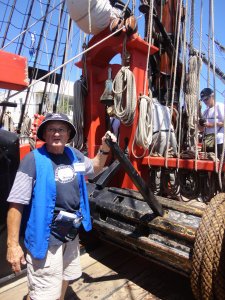
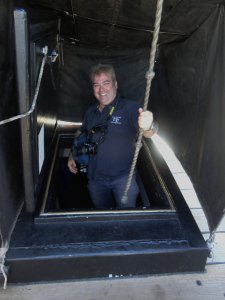 Throughout the tour, groups were passed on to each area’s guide and given a glimpse of what like would have been like on board the vessel. Moving through the cramped spaces, into rooms only 4ft high, and up narrow staircases, while fun the first time, would have been awful after months on board. We soon escaped into the open air again, after being shown both Sir Joseph Banks quarters and Captain James Cook’s quarters. The last part of the tour was an explanation of steering and some of the guide’s experiences on sailing the ship recently (now with GPS).
Throughout the tour, groups were passed on to each area’s guide and given a glimpse of what like would have been like on board the vessel. Moving through the cramped spaces, into rooms only 4ft high, and up narrow staircases, while fun the first time, would have been awful after months on board. We soon escaped into the open air again, after being shown both Sir Joseph Banks quarters and Captain James Cook’s quarters. The last part of the tour was an explanation of steering and some of the guide’s experiences on sailing the ship recently (now with GPS).